 MONTGOMERY COUNTY PUBLIC SCHOOLS
MONTGOMERY COUNTY PUBLIC SCHOOLS
 MONTGOMERY COUNTY PUBLIC SCHOOLS
MONTGOMERY COUNTY PUBLIC SCHOOLS
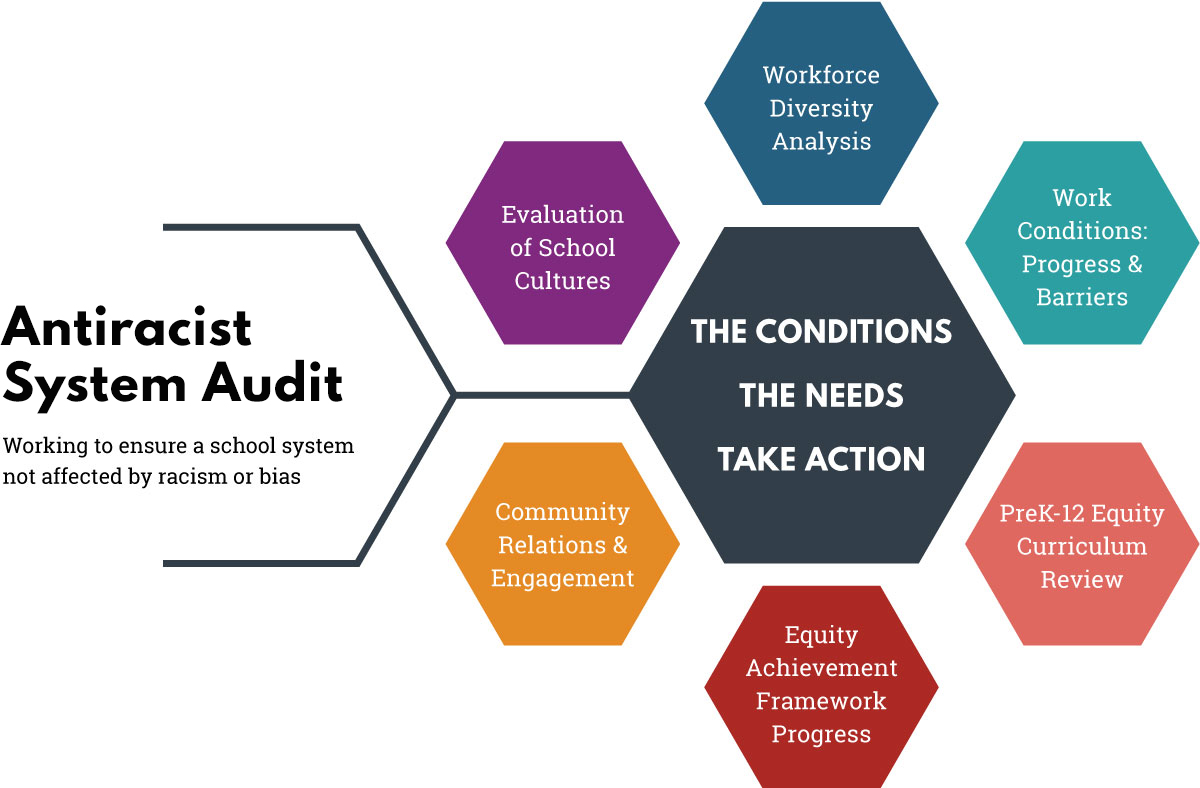

We want to Analyze the Workforce Diversity within our system to ensure that we are not only hiring for quality and expertise but also for diversity in all areas of MCPS. This includes all positions (school base and central office positions) including looking at the diversity of leadership in all roles across MCPS. Ensuring that we are hiring for quality and expertise as well as diversity benefits the system by creating conditions where we are promoting and honoring a broad range of perspectives for both staff and students.
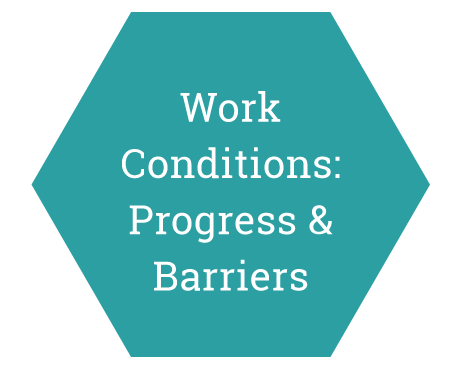
We acknowledge that the well-being of staff is integral in the education of our students. That is why the Be Well 365 initiative encompassed both staff and students in it’s totality. We are responsible for ensuring that the work environment in every office, division, and school where we have staff working is one that must be astute to creating an environment that acknowledges and addresses the complexities around race, diversity and inclusion and how these factors impact a person’s physical, psychological, and emotional well being. Ensuring that we have a healthy work environment fundamentally benefits our students. Not only does it allow them to benefit from staff that are able to maximize student learning experiences when they feel a part of a positive work environment but it allows us to model for students how to engage in healthy, respectful, and inclusive relationships and environments.
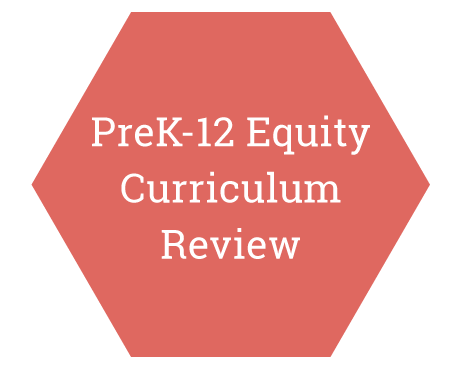
We want to Conduct a PreK-12 Curriculum Review through an antiracist lens. We have heard from our students over time about how Social Studies is taught and negates a full picture of the context that addresses African American history and many of the contributions made by African Americans. We had students sit at this table and speak to us about Columbus Day. We also know that the impact of racism on mental health has been deemed a public health crisis so we need to analyze how we are strategically educating our students around this issue.
We have already started this work analyzing our social studies curriculum. This summer, a cross-office team was charged with creating a long-term plan to transform curriculum and develop interconnected and interdisciplinary learning experiences for students, PreK-12 that strengthens students' sense of racial, ethnic, and tribal identities, helps students understand and resist systems of oppression, and empowers students to see themselves as change agents.
This plan has multiple components:
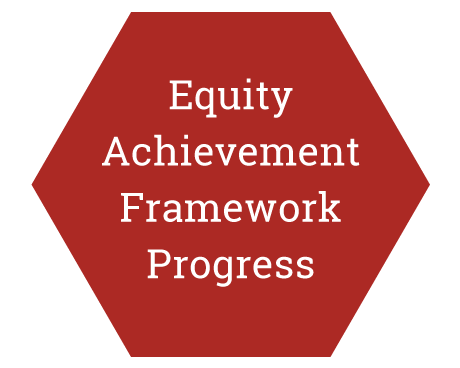
Schools must look at this data to acknowledge if progress is being made with students of color and populations we have not been making progress to level the playing field. We must also consider the impact that the pandemic has had on our focus students in order to plan for actions that continue to close the gap.
Examining this data through the lens of our 5 focus groups (AA/H and students of poverty) allows both schools and the district to determine progress and gaps and frame their instruction programs around these 5 questions:
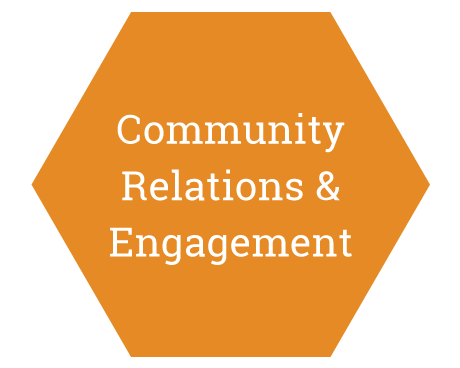
We must continue to engage all communities at the central level and at the school level. I am reminded of the African proverb: A child who is not embraced by the village will burn it down to feel its warmth. It is critical for each of our schools to do tireless outreach and engage with all communities to hear them and their needs and perspectives. Central office will continue to commit to supporting schools to do this.
Through the audit we want to unpack how we are engaging with our communities and whether or not our current methods of engagement are effective for reaching everyone.
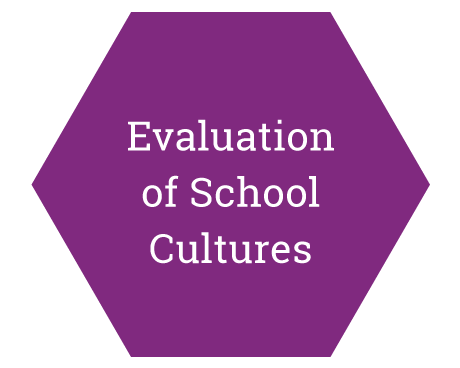
Our students have been crying out for support as evidenced by the creation of multiple social media pages that shared student experiences with racism within our building. We have had multiple hate/bias related incidents that have required us to send letters to the community. This has included students in our Chinese community feeling targeted as a result of the pandemic, swastikas and other graffiti representing hate in our community that must be addressed. We must be proactive in every way to teach all of our students of the hurt and harm emotionally these actions cause our community. This is why community engagement at each school is key because the schools cannot combat hate alone. It takes a partnership between the school house, central office and the community to combat.
We need to evaluate how we support school staff and students with creating antiracist and equitable school cultures where all students thrive academically and emotionally.